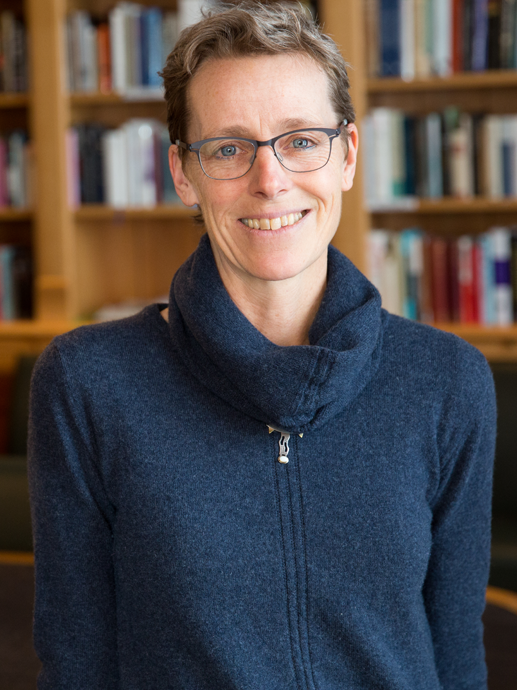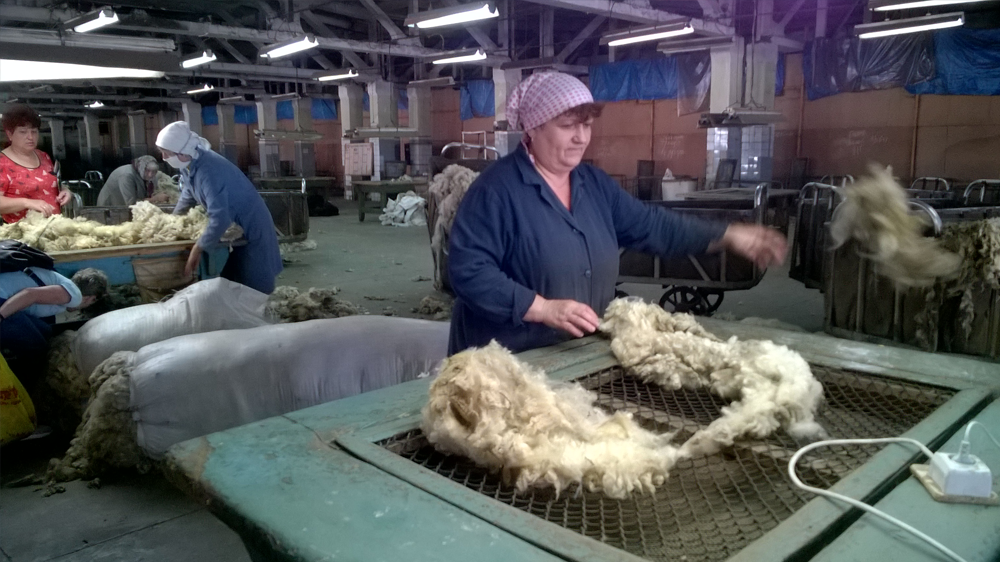About the Lecture
In the years after the Chernobyl Reactor No. 4 exploded in April, 1986 in Soviet Ukraine, a great debate ensued over the damage to public health resulting from the accident's release of an estimated 50 to 200 million curies of radioactive contaminants. Health physicists from the West drew on the "gold standard" of radiation studies, the Japanese Atomic Bomb Survivor Studies. Extrapolating from that large database, they concluded that Chernobyl emissions delivered doses to people in contaminated areas that were too small to cause any but a few thousand fatal cancers. Meanwhile, doctors and researchers in Ukraine and Belarus quietly carried out their own case-control studies and followed charts displaying the regular collection of public health data. They concluded in 1990 that they had a "public health disaster" on their hands. What caused the great divergence of these medical opinions? How did scientists in the East and West come to see radiation and exposure? Kate Brown worked in 27 archives across the Cold War divide to sort out the puzzle of Chernobyl and the conflicting stories of thriving nature zones or sickened "Chernobyl children" that the accident produced. Her conclusions point to a surprising disparity in the way Soviets and Western scientists understood humans and the ecologies in which they lived.
Interested in attending the lecture?
About the Presenter

Kate Brown is the Thomas M. Siebel Distinguished Professor in the History of Science at the Massachusetts Institute of Technology. She is the author of several prize-winning histories, including Plutopia: Nuclear Families, Atomic Cities, and the Great Soviet and American Plutonium Disasters (Oxford 2013). Her latest book, Manual for Survival: A Chernobyl Guide to the Future (Norton 2019), translated into nine languages, won the silver medal for the Laura Shannon Prize, and the Reginald Zelnik and Marshall D. Shulman Prize from the Association for Slavic, East European, and Eurasian Studies. Manual for Survival was a finalist for the 2020 National Book Critics Circle Award, the Pushkin House Award, and the Ryszard Kapuściński Award for Literary Reportage.
About the workshop on Ecologies of Health and Disease in Eurasia
This environmental humanities lecture is organized as part of the workshop Ecologies of Health and Disease in Eurasia: New Perspectives in the Medical-Environmental Humanities and History.
Read more about the workshop here.
